Main Apostrophe Takeaways:
- Apostrophes have three main uses: to show ownership, omissions, and plural letters, numbers, and symbols
- An apostrophe stands in for the missing letter(s) in a contraction like don’t or can’t.
- If something is plural and showing possession, put an apostrophe after the “s.” You can also add another ‘s’ after the apostrophe, but it isn’t usually required.
- If something is plural but not possessive, you don’t need an apostrophe.
- Only use an apostrophe with last names ending in ‘s’ when they show possession.
- To shorten decades, replace the century with an apostrophe and add an ‘s’ at the end of the number. Never put the apostrophe before or after the ‘s’.
Confused? Let’s look at these apostrophe rules with examples of each one in action. By the time you finish reviewing this quick guide, you’ll know when to use this versatile punctuation mark for contractions, dates, possession, last names, and words that end in ‘s’.
What Is an Apostrophe?
An apostrophe is a type of punctuation primarily used to indicate that a noun or pronoun owns something. We also use apostrophes to mark where letters are omitted from words. See below examples:
Indicating ownership:
- Doctor’s car
- Student’s tuition fee
- Jessie’s parking space
Indicating omission:
- Won’t
- Can’t
- Shouldn’t
- ’tis
Now, don’t confuse the punctuationapostrophe with the figure of speech apostrophe. The latter refers to a speaker directly addressing a person or object that is absent or cannot respond in reality. In this post, we’ll be focusing on the proper usage of the punctuation apostrophe.
What are the 3 Uses of Apostrophes?
Apostrophes have three main functions in the English Language: 1) indicate possession; 2) show omissions of letters in contractions; and 3) show when letters, numbers, and symbols are plural. You can find apostrophes in contractions, dates, and holiday names. Although they look similar, apostrophes and commas are not the same. A comma sits at the bottom of a word while an apostrophe hovers at the top.
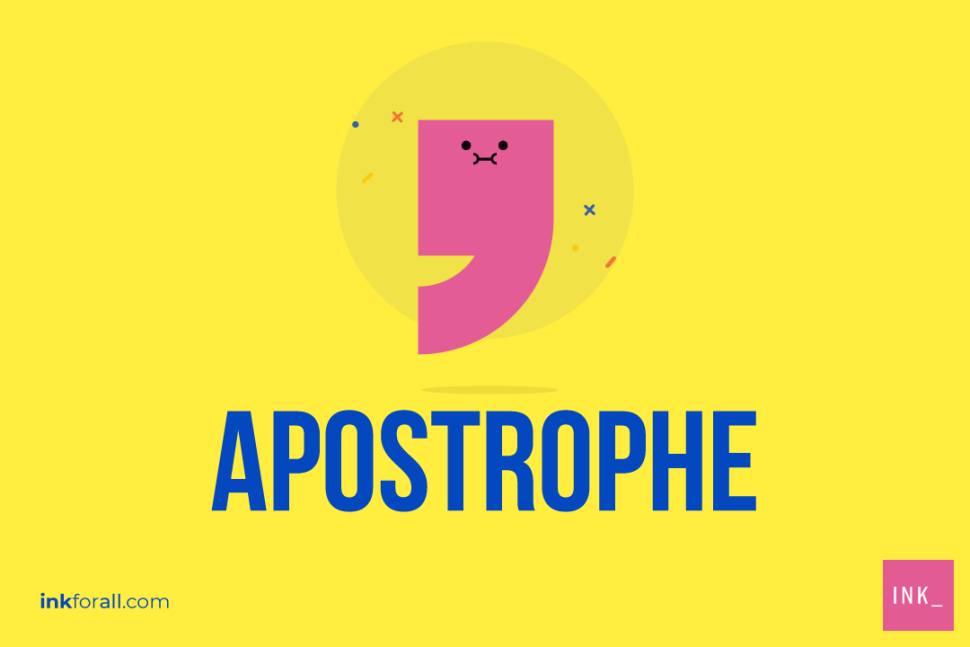

1. Apostrophes and Possession
Ownership, also known as possession in the grammar world, often requires apostrophes. This is true for nouns and pronouns. Depending on whether your noun is singular or plural, you’ll use some form of an apostrophe and s.
Possessive words and phrases confuse many people, even self-proclaimed grammar nerds. You must know when to use ‘s or s’, plus when to use anapostrophe after an ‘s’ name.
Singular nouns, such as cat or car, typically get an apostrophe plus an ‘s’ when they become plural.
This rule also applies when making proper nouns possessive.
Plural nouns, such astwins and teachers, usually don’t need an extra ‘s’. Add an apostrophe after the ‘s’ to show ownership, and avoid using ‘es’.
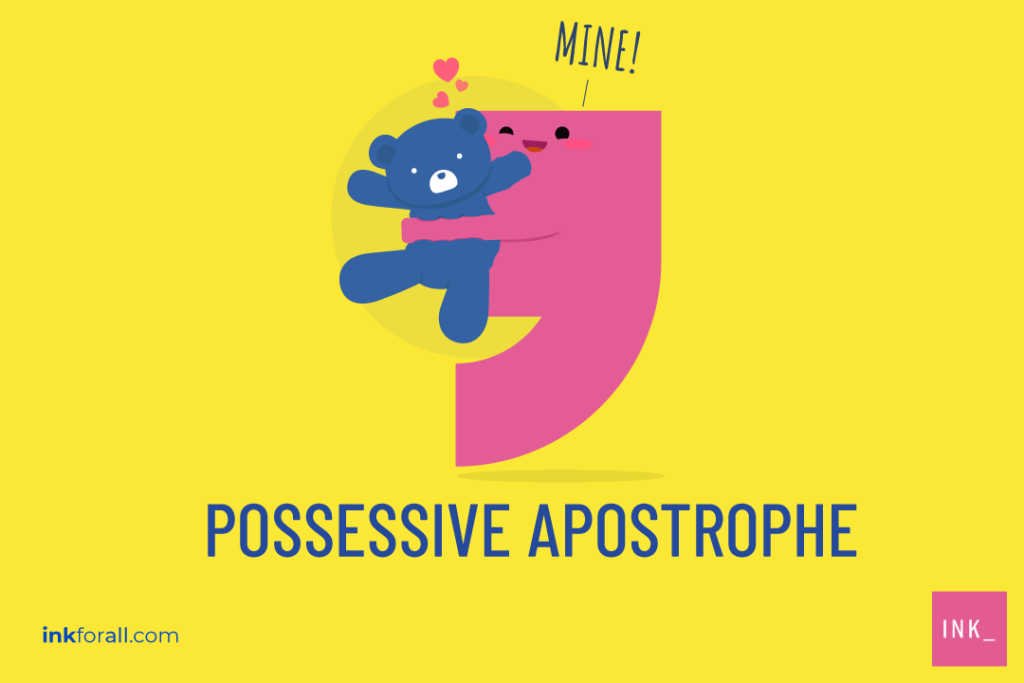

Plural nouns that don’t end in ‘s’ often get an apostrophe and an ‘s’.
Personal pronouns don’t require apostrophes when they become possessive. The electronic device you’re reading this grammar guide on is yours, not your’s or yours’. Gifts a loved one receives are his, hers, or theirs.
When to use an Apostrophe With Last Names
Many people can’t resist adding unnecessary apostrophes when they see last names. Watch out for apostrophe abuse when spreading holiday cheer, talking about friends, or shopping for home decor. They should only be used to show possession.
You may have sent or received cards with a message like this. However, it’s incorrect because there’s nothing possessive about this phrase.
If you can’t resist the urge to add an apostrophe to your surname, make sure it shows possession.
Watch out for welcome-mat woes that stem from incorrect punctuation, too. Your doormat shouldn’t say “The Lennon’s,” and neither should the side of your mailbox.
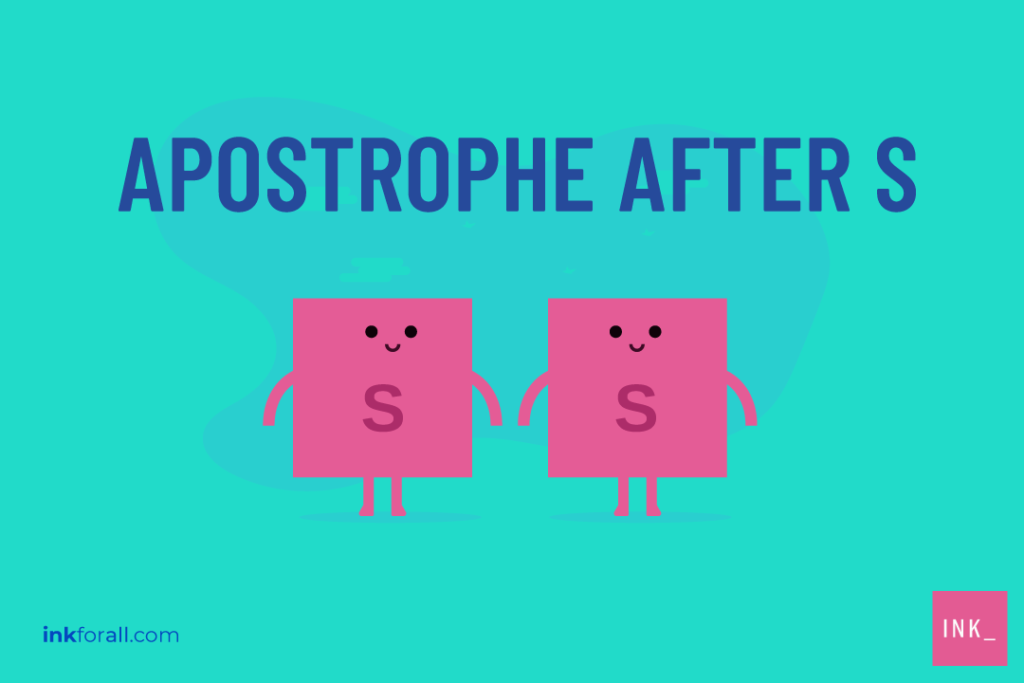

When Names Ending With ‘s’ Need an Apostrophe
The Lennons are hosting a party, and they want to invite their friends.
The Lennons are hosting the party, not the Lennon’s or the Lennon family. Your invite should just have an ‘s’ after your surname, not an apostrophe. You don’t need an apostrophe because the last name is not expressing ownership.
When the last name already has an ‘s’, such as Morales or Jones, possession punctuation gets confusing. Some people argue that you should add an extra ‘s’ when the surname becomes possessive.
Adding an extra ‘s’ is often considered redundant in this situation. Instead of declaring you loved the Jones’s chocolate chip cookies, you could say:
- The Jones’ treats were tasty.
- I liked the cookies the Jones family made.
Is “Its” Possessive? What About “Whose”?
An apostrophe usually makes a word possessive, but its and it’s are exceptions to this rule.
Apostrophe Exception #1: Its
When you want to make the word it possessive, write its, not it’s. It’s is a contraction for it is.
Apostrophe Exception #2: Whose
Another exception that causes confusion for similar reasons is whose and who’s.
- Whose is a possessive that doesn’t use a contraction.
- Who’s is the contraction for who is.
2. Apostrophes and Contractions
A contraction is a combination of multiple words or word groups. Instead of saying or spelling each word separately, a contraction is a way to merge several words together. This tool helps make language more efficient and concise.
Contractions and apostrophes are best friends. An apostrophe substitutes the missing letters and spaces in a contraction.


When you connect two words, an apostrophe is a grammatical glue that holds them together. This missing letter, or letters, is called an omission.
- “Do not” becomes “don’t“
- “Cannot” becomes “can’t“
- “I will” becomes “I’ll”
- “Will not” becomes “won’t“
- “You are” becomes “you’re” (but “your” never gets an apostrophe)
However, contractions are usually more informal writing and speech. For example, you typically see them during casual conversations or informal writing assignments.
Apostrophes also make an appearance in informal contractions such as ain’t. This popular slang word means are not, am not, or is not.
For more formal writing, avoid contractions.
When Decades Become Contractions
Just like we use apostrophes to shorten some words, we can also use them to shorten years (but not turn back the clock, unfortunately).
When formally writing a given year, we typically use four numbers. Take 1989 for example.
- The first two numbers stand for the century.
- The third number stands for the decade.
- Finally, the last number expresses a specific year within the decade.
In the same way that can’t is a more informal way to say cannot, we can use apostrophes to informally express decades.
For example, the 1960s becomes the ’60s.
To shorten decades, just replace the century with a contraction.
However, during the ’60s and ’70s, many students learned to add apostrophes at the end of plural dates. For instance, the 1950’s or 1980’s. While some writers still take this approach, it’s not grammatically correct today.


Therefore, you should also avoid adding an apostrophe before the ‘s’ in shortened decades.
[example]Millennials grew up in the ’90s, not the 90’s.[/example][example]Big hair was popular in the ’80s, not the 80’s.[/example]What About Apostrophes and Holidays?
Things get tricky when referencing specific holidays rather than date ranges.
[graybox]Holidays and Apostrophes:
- Mother’s Day has an apostrophe before the ‘s’ even though it’s a holiday for every mother, not just one.
- Similarly, Valentine’sDayhas an apostrophe before the ‘s’ even though it’s for multiple valentines around the world.
- International Women’s Daytakes the same approach.
- April Fools’ Day takes a different approach and has an apostrophe after the ‘s’.
- Veterans Day doesn’t have an apostrophe anywhere.
3. Apostrophes and Plural Letters, Numbers, and Symbols
Apostrophes are usually reserved for singular form possessives, but some plurals benefit from punctuation. This occurs when you need to make letters, numbers, or symbols plural.
This is because omitting an apostrophe in these cases might confuse readers.
For example, “Ryder is still learning to capitalize p’s and c’s” is less confusing when apostrophes are inserted.
If its Just Plural, You Usually Don’t Need An Apostrophe
Many grammar experts cringe when they see grocery store ads littered with excess apostrophes. Dubbed the grocer’s apostrophe, this grammatical issue occurs when unnecessary apostrophes are added before the letter ‘s’.
Your grocer has apples on sale, not apple’s. Likewise, you put on your shoes for work, not your shoe’s. Your boss needs your expense sheets, not your expense sheet’s or sheets’. You hate red lights, not red light’s, because they make you late for work. The answer is C. An apostrophe can replace the omission in a contraction. In this sentence, the apostrophe is replacing the missing letter "a" in "are." The answer is FALSE. It's grammatically incorrect to add apostrophe +s at the end of plural dates. The answer is A. Since there’s no contraction or possession, you don’t need to add an apostrophe before or after the letter "s" in "apples." The answer is B. "It’s" here serves as a contraction for "It is," with the apostrophe replacing the omission. Please select 2 correct answers The answers are A and D. Both are acceptable forms for making the proper noun, James, possessive. The answer is FALSE. "Whose" is a possessive that doesn’t need a contraction. On the other hand, "who’s" is the contraction for "who is."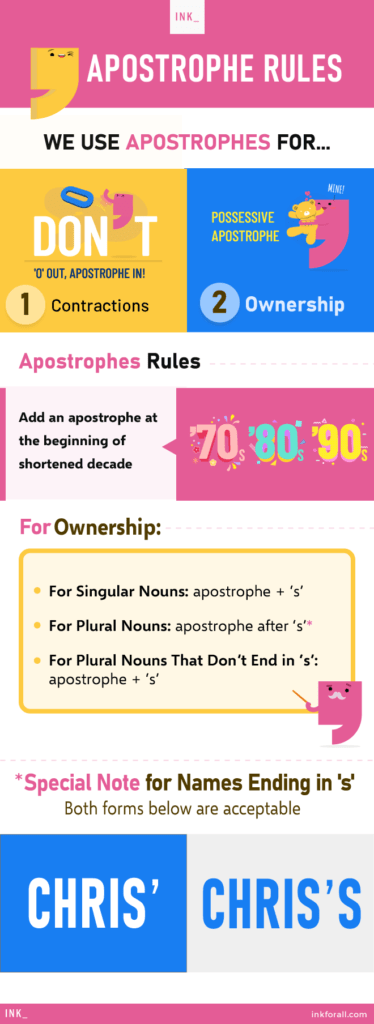

Put Your Skills to the Test
Apostrophe Rules Question #1


Apostrophe Rules Question #2
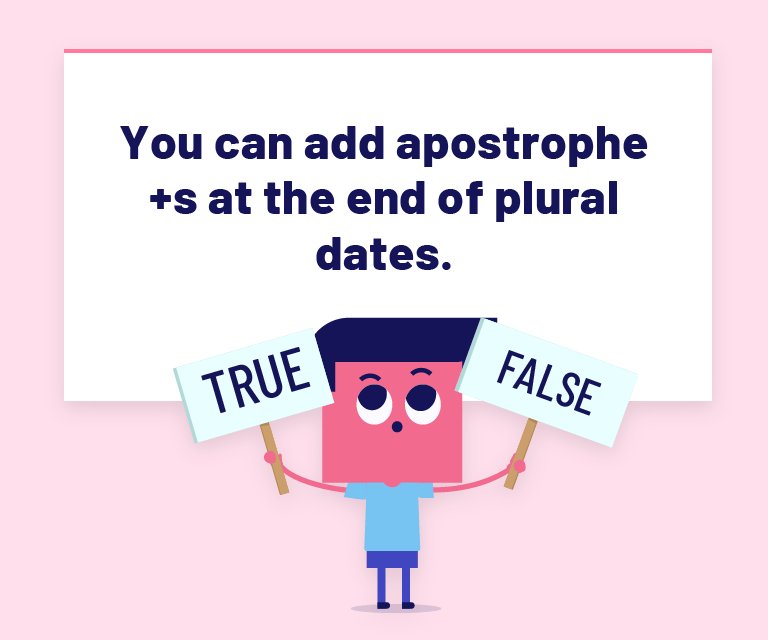

Apostrophe Rules Question #3
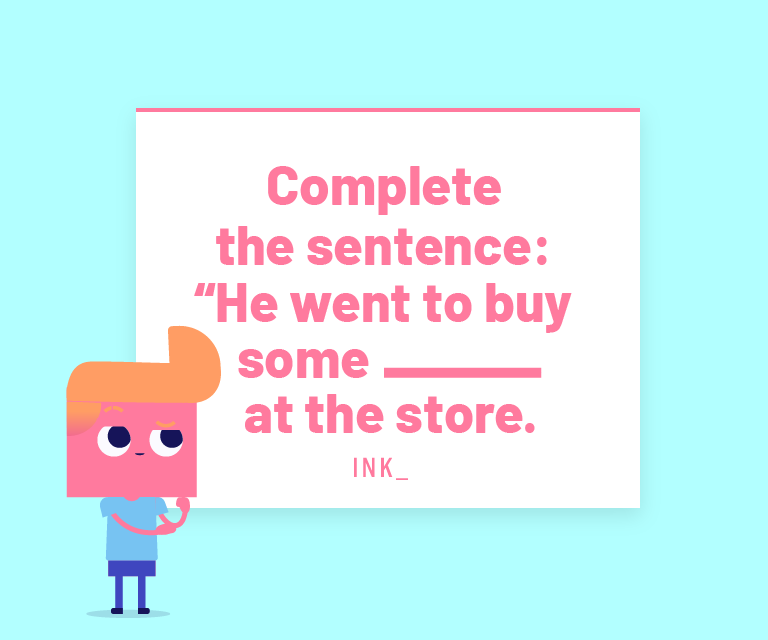

Apostrophe Rules Question #4


Apostrophe Rules Question #5
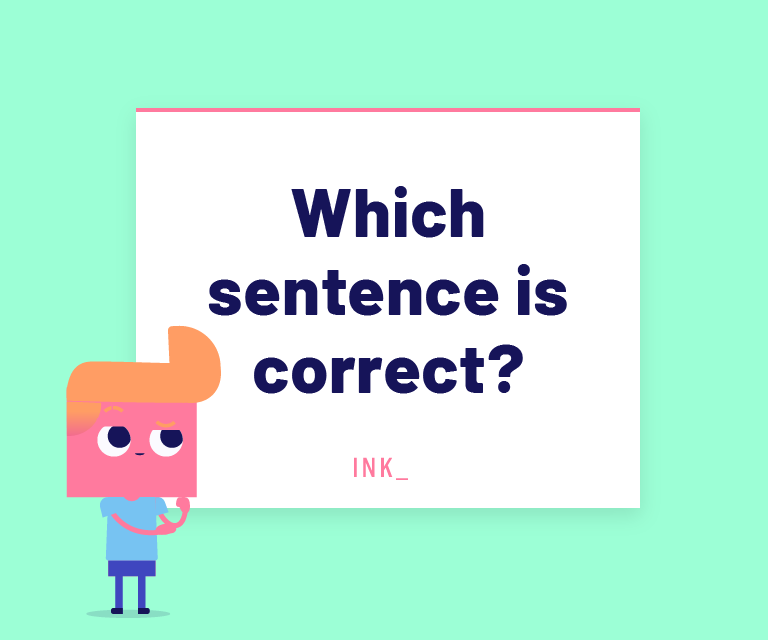

Apostrophe Rules Question #6
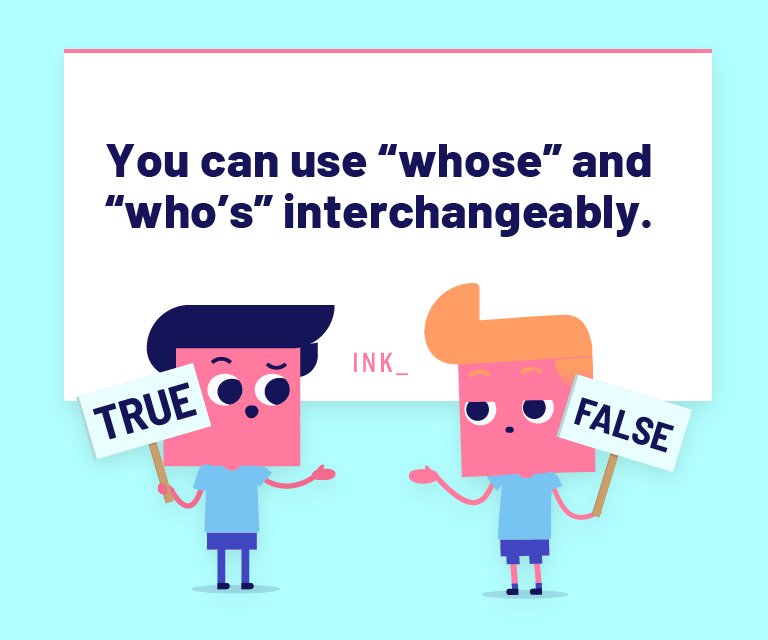

Read More: Who Or Whom?

I completely disagree with the “correct” answer to #5! Why would anyone add yet another s when there is already an s there? Besides, that’s how I was taught to do it, back in the ’70s and ’80s, and it always has seemed to be the most LOGICAL way of doing things! James’ dog makes much better sense than James’s dog! Way too clunky with that extra s!
Mary, thank you for taking our quiz and for your spot-on feedback! You are right in that s’ is an acceptable form (and way cleaner). We wrote the quiz this way because most academic style guides recommend the s’s format. BUT: we love how clear your answer is and like it so much more! We updated the quiz to reflect your point: both are correct. We created these quizzes for you, so please keep taking them and giving us your feedback. We want to improve in any way we can and make our content the best it can be. We’d love your opinion on this one, what do you think? https://blog.inkforall.com/adjectives